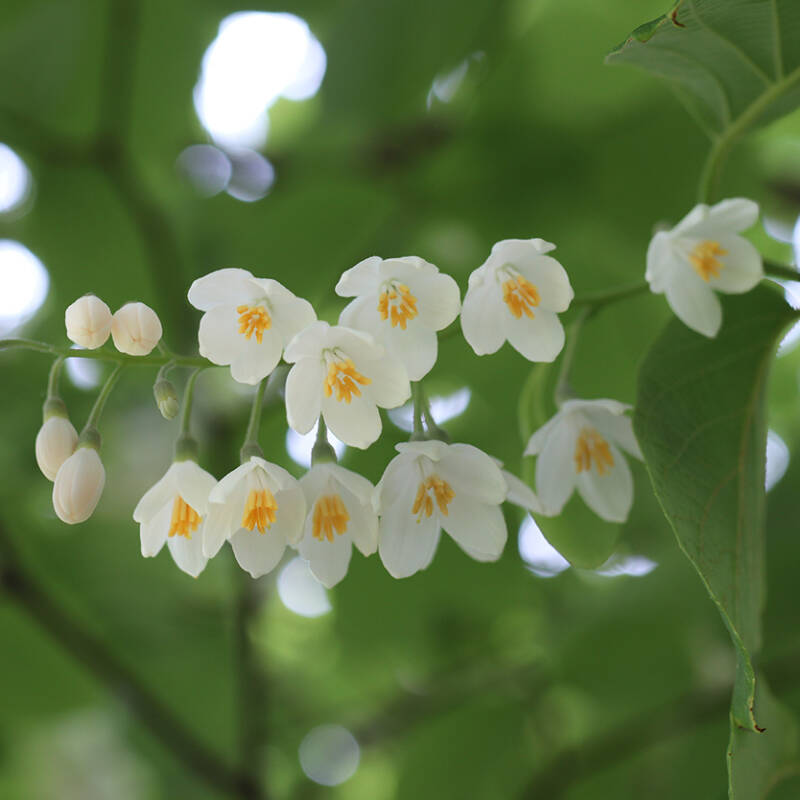“There is something particularly appealing about a blue flower,” says Louise Beebe Wilder in her classic book Colour in My Garden. I couldn’t agree more. True blue flowers are uncommon in nature. They can mirror the sky at twilight and conjure the image of a sea. They’re soothing, endlessly alluring, and I can’t get enough. Luckily, there are a number of easy-to-grow bulbs you can plant right now for a spectacular spring display.
Bulb companies, like John Scheepers, still have a wide selection available. Just press play on a podcast or simply take in the chatter of migrating birds, and spend the day planting. You’ll be so happy you did come spring when, after what feels like an interminable winter, you see those first shoots appear out of the cold earth.
Chionodoxa sardensis syn Scilla sardensis

Every spring around the end of March, the woodland at Wave Hill (wavehill.org), the glorious public garden in the Bronx, erupts in a carpet of blue as the glory-of-the-snow (Chionodoxa sardensis aka as Scilla sardensis) unfurl their petals. This small flower, originating from Turkey, hovers about five inches above the soil and will naturalize over time. Plant the tiny bulbs en masse for a real impact.
Camassia leichtlinii ‘Blue Heaven’

Native? Check. Deer- and rodent-resistant? Check. Naturalizing and moisture-loving? Check. Check. Camassia leichtlinii ‘Blue Heaven’ seems to have it all. Hailing from the Pacific Northwest, it produces clusters of star-like flowers in a delicate, light blue. Stems can reach two feet in height. Plant in moist soil, in areas with full to part sun.
Puschkinia scilloides var libanotica

Flaunting pale petals striped with blue, this fragrant heirloom c. 1805 is compact at five inches in height, and blooms in early spring along with Scilla and Chionodoxa, which make good companions. Puschkinia scilloides var libanotica thrives in rock garden settings in full to part-sun with well-drained soil.
Hyacinthoides hispanica ‘Excelsior’

Sweetly fragrant, Spanish bluebells are ideal for shady spots like under shrubs and trees (even black walnuts, which are notoriously inhospitable companions). Be careful not to plant too close to the roots, where bulbs can take away much needed water and nutrients. Hyacinthoides hispanica ‘Excelsior’ is a 1906 heirloom featuring lavender-blue petals with darker stripes in mid-spring.
Brodiaea laxa ‘Corrina’

Brodiaea laxa ‘Corrina’ (syn. Triteleia laxa ‘Corrina’) is a California native with grass-like foliage and umbels of vibrant violet-blue flowers that bloom in late spring. Situate this pollinator magnet in areas with well-drained soil and bright sun. It’s also a long-lasting cut flower, looking pretty in a vase for a couple of weeks. For zones 6-9.
Allium azureum syn. A. caeruleum

Like azure pompoms cheering on the arrival of summer, Allium azureum (syn. A. caeruleum) pops up in June on two-foot-tall stems. The heirloom variety c. 1830 bears sky blue globes about four inches in diameter. A relative of the onion, it is resistant to deer and other critters and prefers dry, well-drained soil in full sun.
Muscari armeniacum ‘Valerie Finnis’

Named after the late British gardener and photographer after it was discovered growing in her garden, this periwinkle grape hyacinth cultivar emerges in early spring around the same time as daffodils. Muscari armeniacum ‘Valerie Finnis’ is slightly fragrant and grows to about eight inches tall.
For more on bulbs, see:
- Gardening 101: Growing Tulips the New Dutch Way
- Your First Garden: What You Need to Know Before You Plant Bulbs
- The Garden Decoder: What Does It Mean to ‘Naturalize’ Bulbs?









Have a Question or Comment About This Post?
Join the conversation